Thanks to portraits of Toy Dog Breeds on the laps of their affluent owners or dog lover, we have a wealth of visual records concerning Toy Dog Breeds. Because of this visual proof, we can see that some of these breeds have changed very little; mainly the Pug.
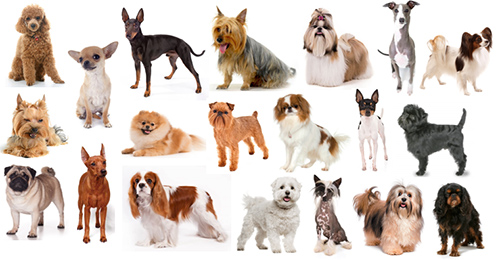
Early writers seem not to have been as captivated by the Toy Dog Breeds as they were of the larger, Sporting Breeds.
A notable writer of canine matters back in the 16th century by the name of Dr. Caius had this description for them: “These dogs are little, pretty, and proper. They’re fine and sought to satisfy the fragility of beautiful dames and wanton women’s guiles — instruments of silliness for them to play and dally withal. To trifle away the treasure of time, to withdraw their minds from their commendable exercises”.
The Toy Dog Breeds and Their Uses
Unfortunately, it seems like Dr. Caius appears to have overlooked the fact that many of the classified Toy Dog Breeds may well be minuscule in stature, but not in spirit.
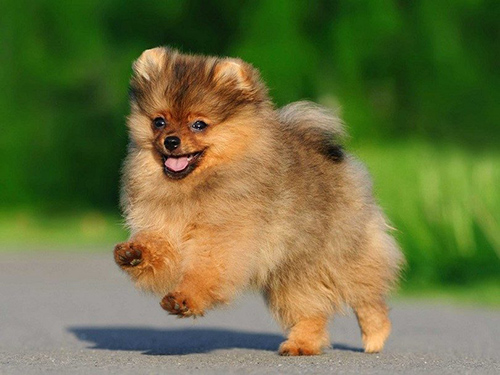
Indeed, it can be amusing to watch one of these tiny dogs taking to task a dog many times greater in size. Although of course, it is only funny if the owners take great care, for accidents can and do happen.
Thanks to ancient records kept by civilizations of the far east we obtain insight into Toy Dog Breeds in that region. Several which had their origins there were brought to Europe as trade developed.
Now this area has become essential for the breeding of Toy dogs. For instance, the Papillon, although it carries a French name, very probably came from the Orient.
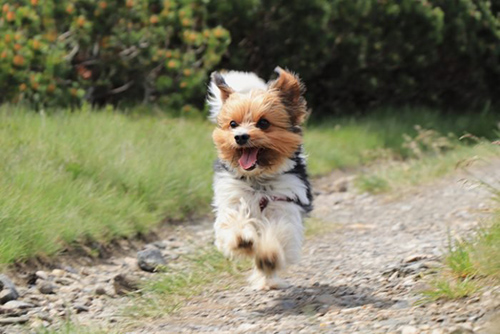
Few of the Toy Dog Breeds have been kept other than pets. However, many have been developed and bred down in size from breeds which have indeed earned their keep.
Breeds in the Toy Group have long considered being female dogs but as times have changed, so have opinions. Today, you see men get as much desire and enjoyment from a toy dog as does a lady.
Though all are small in stature, the Chihuahua being the smallest and the Cavalier King Charles Spaniel at the larger end of the scale, all are small enough to curl up comfortably in a little corner of the sitting room or to sit on one’s lap.
Toy Dog List
There is plenty of choices where the coat is concerned. The Chinese Crested has virtually none, while the Maltese and Yorkshire Terrier have long, flowing coats to keep even the busiest hands occupied with grooming for hours if these dogs are to be held in full show coat.
Toy Dog Breeds always seem full of fun and packed with charm, and the Affenpinscher with its monkey-like appearance, or the cheerful little Griffon Bruxellois, cannot help but bring a smile to someone’s face and lighten up any second of the day.
An Extra Look at Toy Dog Breeds
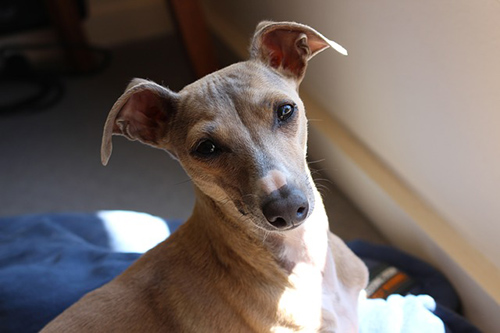
The dogs in the toy group are undeniably cute. They’re among the longest-living breeds. One of the many positives of owning a toy dog is getting into establishments with “No Dogs Allowed” signs. For some strange reason, they do not enforce the rules for these delightful little dogs.
Canines in the toy group are the only ones that can travel in airline cabins thanks to their small size; they’re the only dogs whose carriers can fit under the seat. If you ask them, they’ll tell you that they’re special.
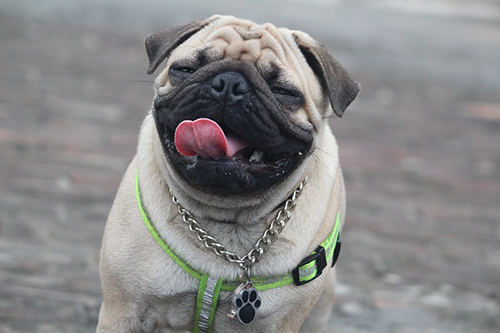
If you feel like it, you can give them names such as Killer, Ripper, and Spike, and most people will think your witty. You can also play with words and give them crazy names like Little Cutesy-Poo or Daddy’s Itsy-Bitsy, and people wouldn’t believe you are crazy because of the dog’s undeniable cuteness.
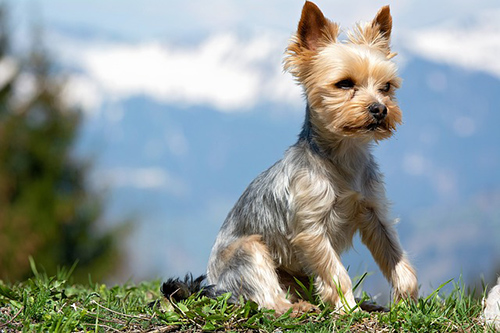
It’s also comical watching these little dogs’ furious display of territoriality when bigger dogs pass in front of the house, and you have to scoop them up to prevent them from getting into trouble whenever the large dog decides it had enough of the insults from a dog no more prominent than its head.
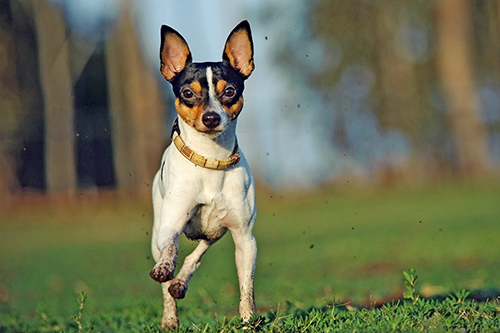
The most you can do with a toy dog breed is enjoy their companionship because if you’ve ever had one of these dogs, you know that they appreciate us. For the most part, toy breeds have never had to work for a living. However, larger dogs were used to pull sleds, chase deer, herd sheep, retrieve birds, or kill rats, while toys spent their days being catered to and contemplating when dinner would be served.
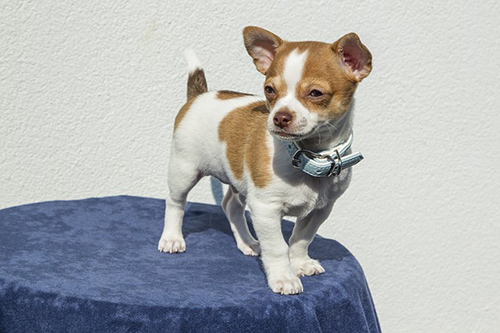
Toy dog breeds are also intelligent. They have brains inside those little round heads, and they enjoy using them. This breed is intelligent, and more than a few are excellent in competition, such as obedience trials and training. Better still, they can’t help but be the center of attention, which is why they’re so adept at learning new tricks.
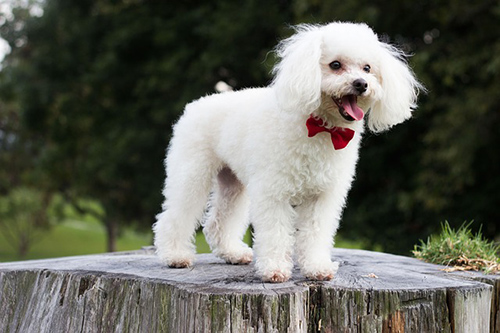
Many toy dog breeds have luxurious-looking coats that require to be kept clipped short or groomed regularly to prevent tangles and matting. They’re also some proficient shedders in this group, but dealing with their fur is not labor-intensive due to their small size.
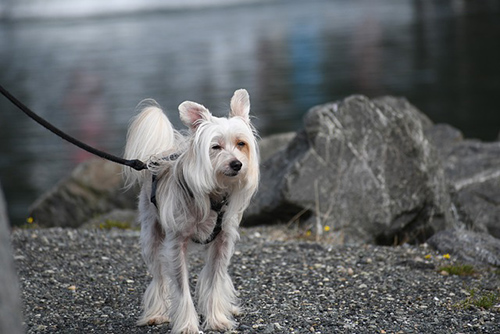
Toys make an excellent starting dog for novice owners. However, problems can arise if there are younger children in the home. Small dogs can be fragile and not up to a rough romp around the house. Supervise and educate your children before leaving them alone with the pups. Teach them to be gentle and thoughtful, and a toy breed will do just fine in the household. On the other hand, you can start with a larger dog until your children are older to handle a toy dog safely.
History: Although toy dog breeds have been lap companions and pampered pets for hundreds of years, this breed’s popularity began its meteoric climb in the late 19th century. Even though the AKC first registered a Pug and a Yorkshire Terrier in 1885, the earliest shows did not recognize classes for toy dog breeds. However, that changed in 1928 when the toy group was created.
Most Popular
- Chihuahua
- Poodles
Least Popular
- Lowchen
Toy dog breed size: Toy breeds are small, varying from 2 pounds for some Chihuahuas to just under 20 for the thickset Pug.
Activity level: Most dogs belonging to the toy group are energetic and lively.
Less Popular Toy Breeds Worth a Good Luck
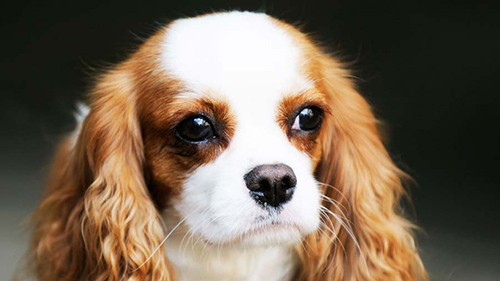
English Toy Spaniel: This dog is quiet, affectionate, and calm. In my opinion, it should be a little higher on the list. The dogs enjoy plenty of pampering, and their most unlikely to develop an attitude.
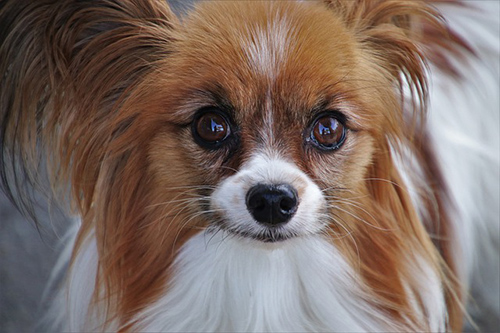
Papillon: This toy dog is a French breed named for its large ears, which resemble a butterfly with its wings spread. Papillons are excellent contestants in competitive obedience work. The dogs are happy to learn, and they’re easy to teach.
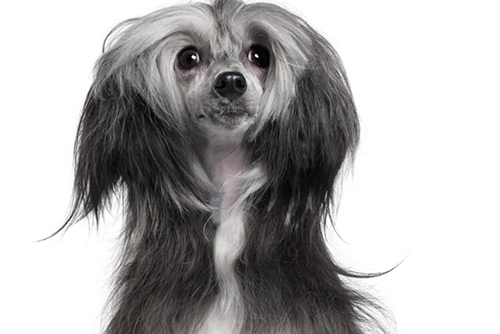
Chinese Crested: This dog is an excellent choice if you’re looking for a pet that is out of the ordinary. The hairy hairless version of this fantastic breed will fit the bill. They have hair on their lower legs, head, and tail, resembling a frolicking little pony. The Chinese Crested also has a fully coated version called the powderpuff.
